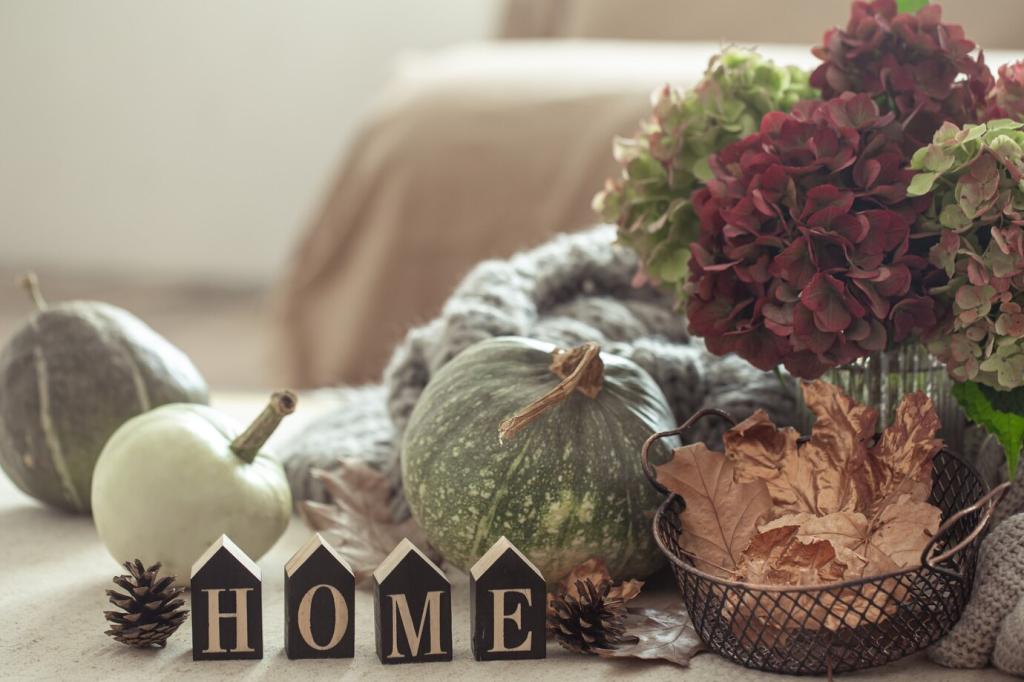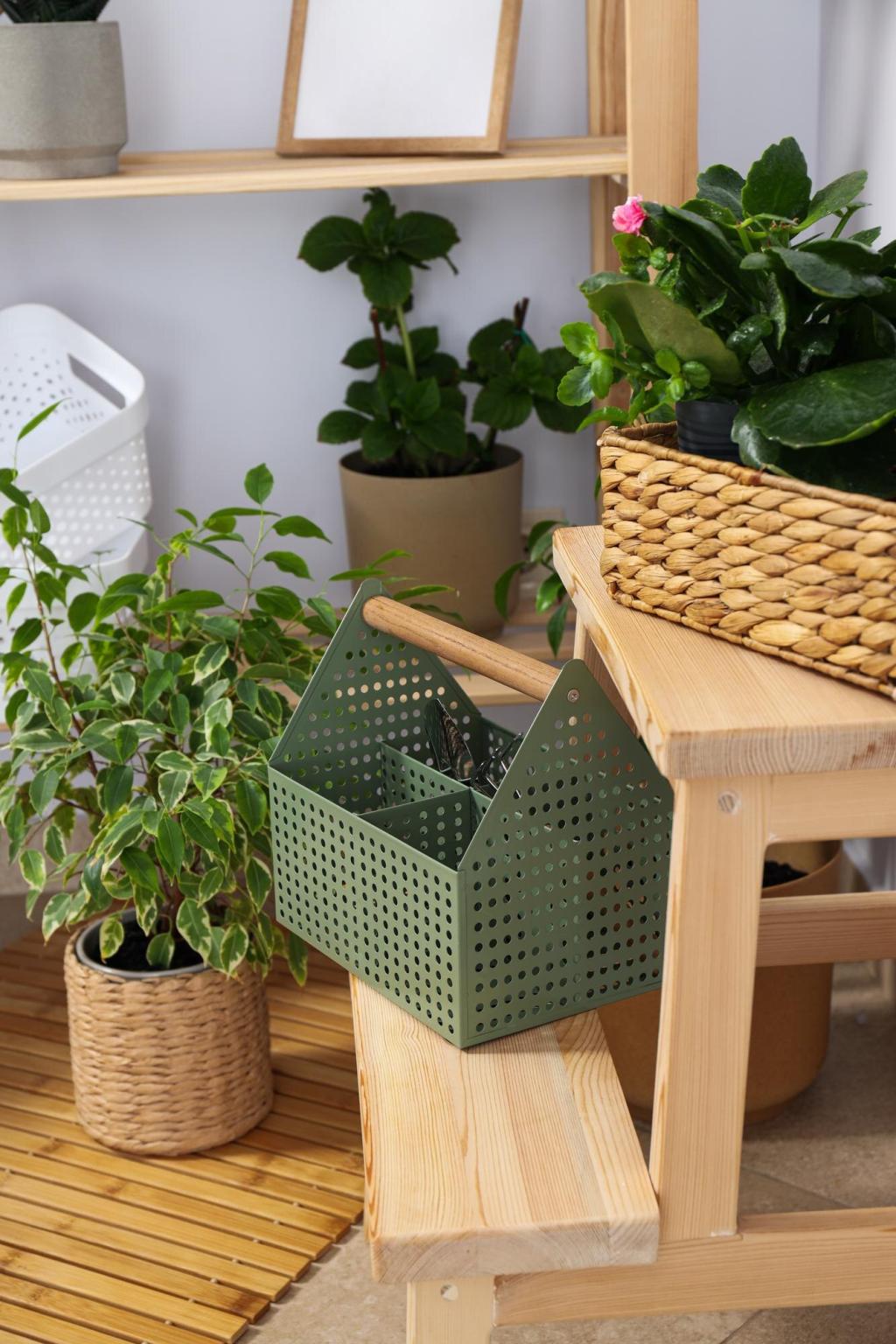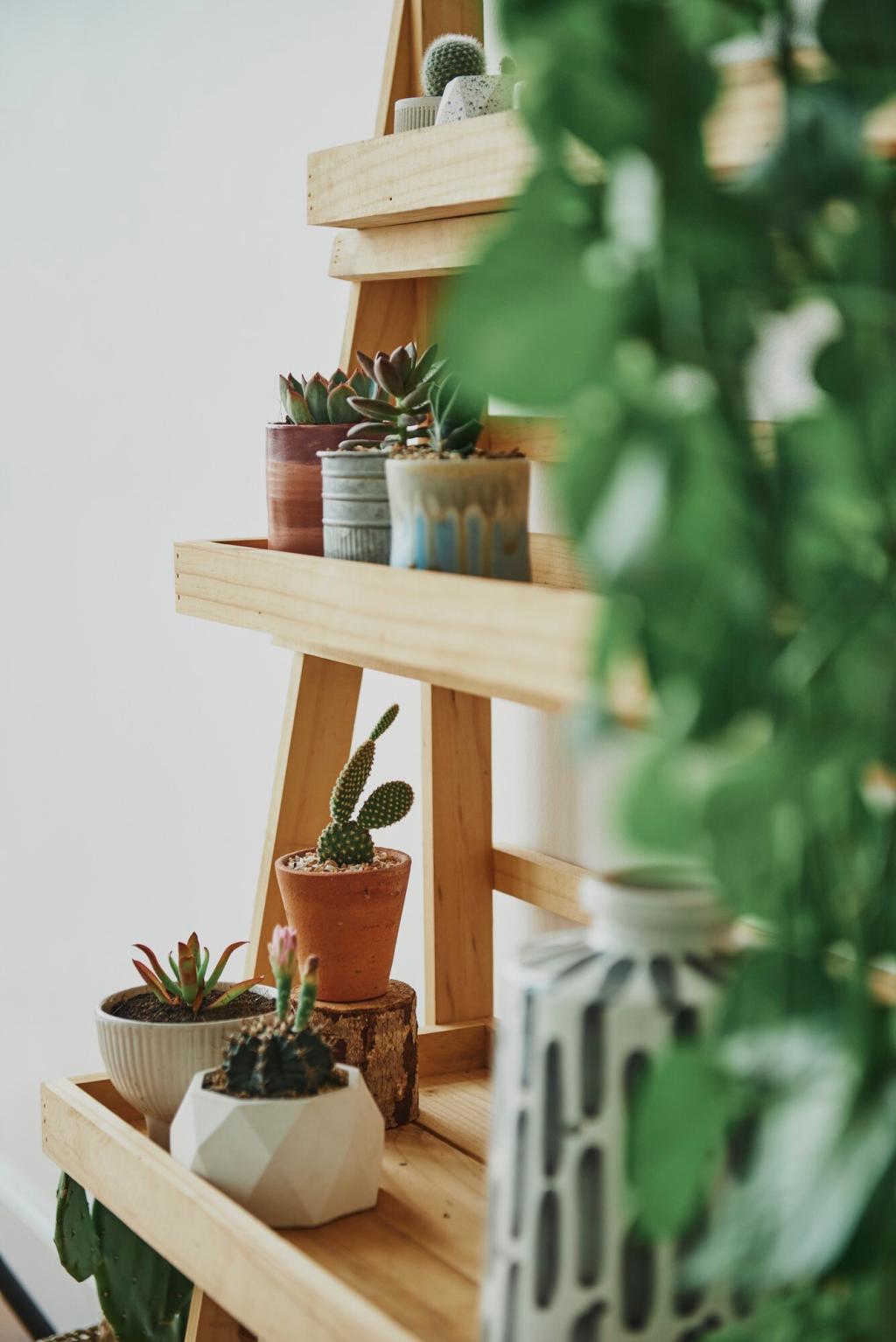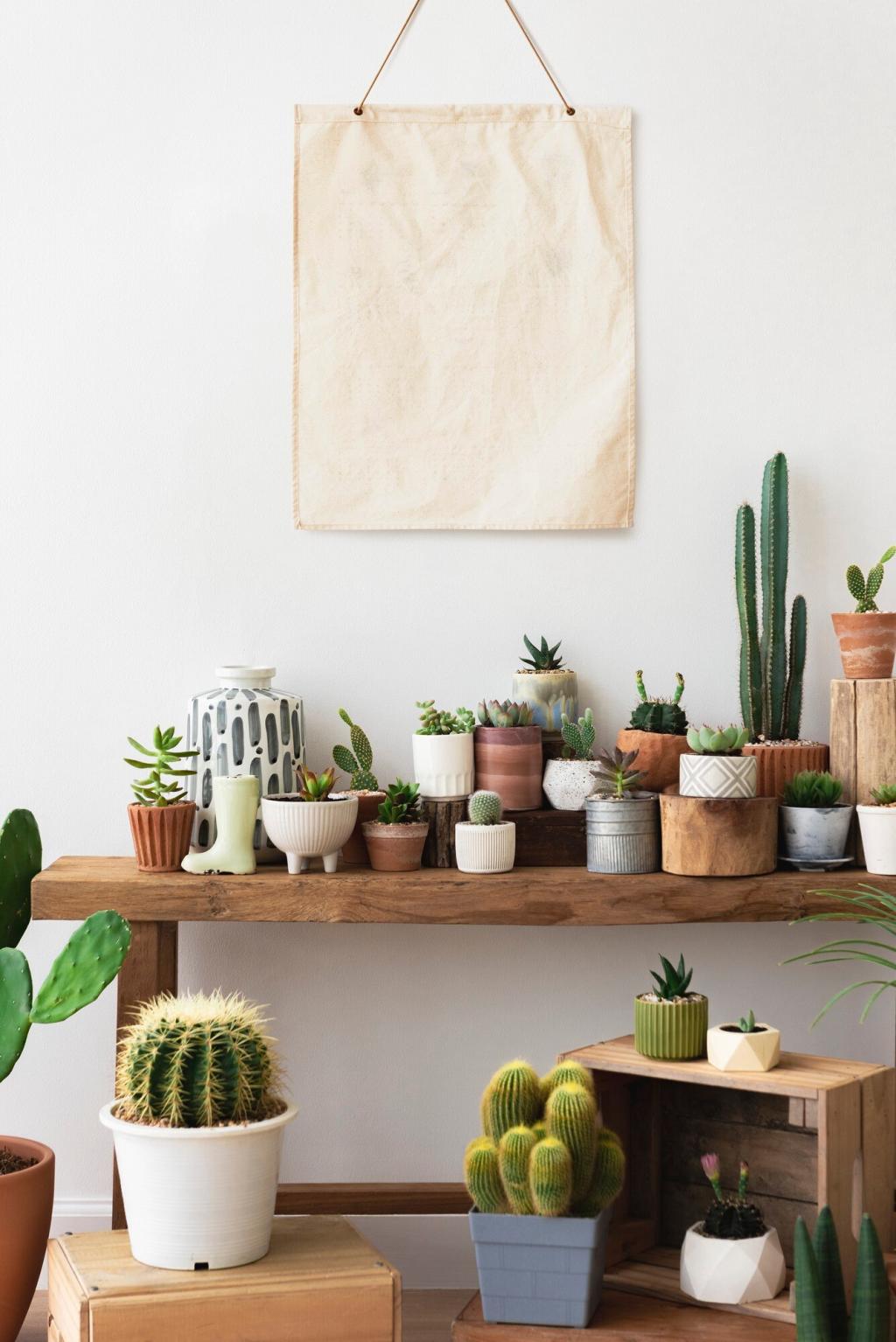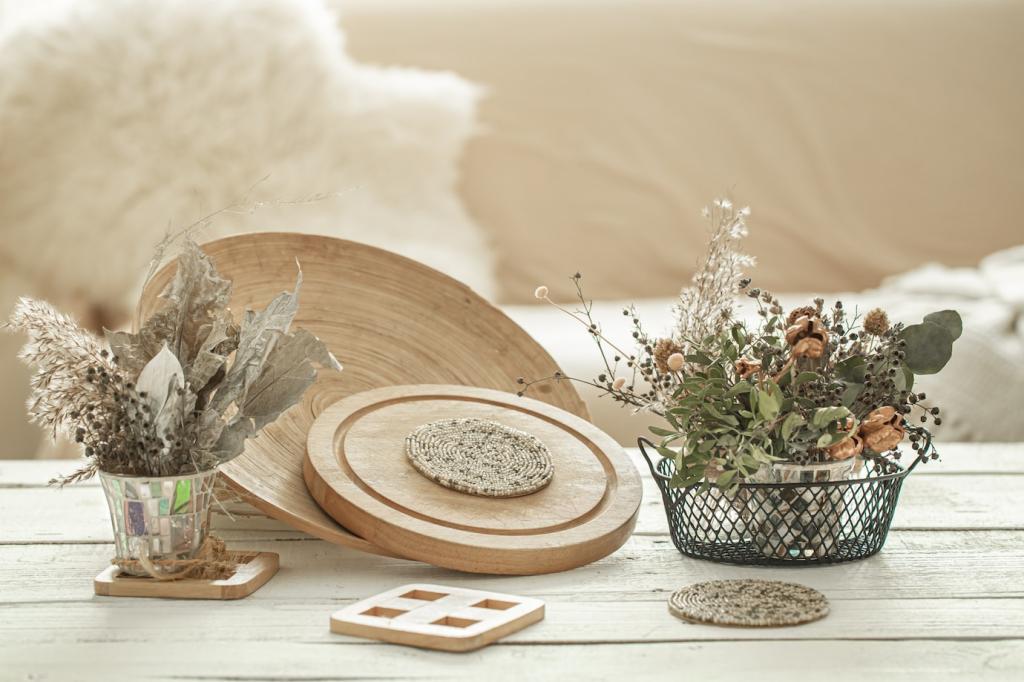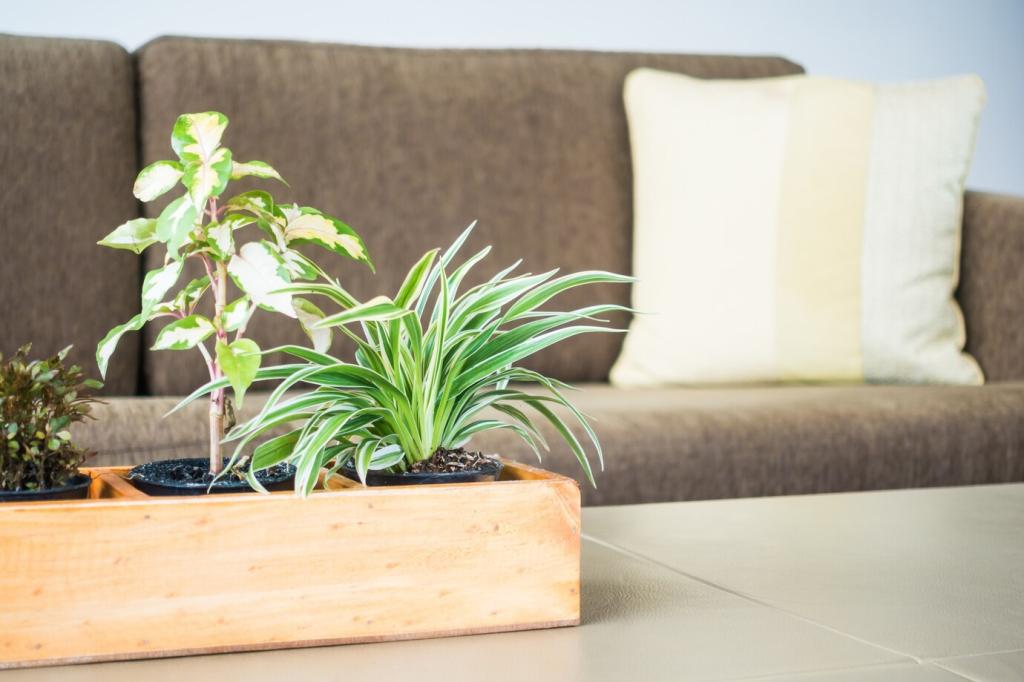Installation: Substrates, Adhesives, and Pro Tips
Ensure a smooth, dry, and structurally sound substrate. Patch, sand, and prime as recommended for the material. Stable, well-prepared walls reduce telegraphing of imperfections and extend the lifespan of delicate weaves or light-colored natural finishes.
Installation: Substrates, Adhesives, and Pro Tips
Select low-emission adhesives specified for your product. Compatibility matters: water-based, low-VOC formulas can support better indoor air quality, but always follow manufacturer specifications for open time, application temperature, and cure to avoid bubbling or delamination.
Installation: Substrates, Adhesives, and Pro Tips
Acclimate materials, cut with sharp blades, and match lot numbers to prevent color shift. Dry-fit complex patterns before committing. If you’re unsure, consult or hire an experienced installer—and tell us what you’re tackling so we can share targeted guidance in upcoming posts.

